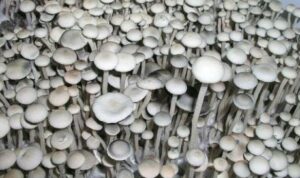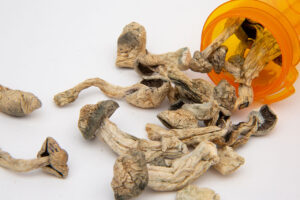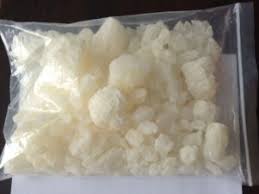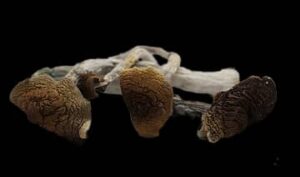Understanding LSD and Its Effects
LSD (lysergic acid diethylamide), commonly known as acid, is a powerful psychedelic that alters perception, mood, and cognitive processes. Recent research has shed light on how LSD interacts with the brain, offering insights into its potential therapeutic benefits as well as its impact on creativity.
Mechanism of Action
LSD primarily affects the brain by binding to serotonin receptors, particularly the 5-HT2A receptor. This interaction leads to a significant increase in communication between different brain regions, allowing for a more fluid exchange of information. As a result, users often experience a sense of ego dissolution, where the boundaries between self and environment blur, leading to feelings of unity with the universe13.
Neuroscientific Findings
Studies using fMRI technology have shown that during an LSD trip, there is heightened connectivity between networks responsible for introspection and sensory perception. This increased communication may facilitate novel thought patterns and enhance creativity by lowering the “energy barriers” that typically restrict brain activity13. The phenomenon is likened to “flattening” the energy landscape of neural connections, making it easier for disparate areas of the brain to interact3.
Therapeutic Potential
LSD’s ability to alter perception and mood has prompted interest in its use for therapeutic applications. Research suggests that psychedelics could be beneficial in treating conditions such as depression, anxiety, and PTSD. The idea is that LSD can help patients break free from rigid thought patterns, allowing them to confront emotions and experiences that they might otherwise avoid13. Some studies have indicated that combining psychedelics with psychotherapy could enhance therapeutic outcomes1.
Creativity Enhancement
Beyond therapeutic uses, LSD has been associated with increased creativity. Anecdotal evidence from artists and musicians suggests that psychedelics can inspire innovative thinking and artistic expression. Studies have shown that microdosing—taking sub-perceptual doses of psychedelics—can lead to improvements in personality traits associated with creativity, such as openness and cognitive flexibility24. Historical accounts also highlight how prominent artists have used LSD to enhance their creative processes2.
Cultural Context
The cultural implications of LSD use are profound. It has been linked not only to artistic movements but also to broader explorations of consciousness throughout history. Figures like Aldous Huxley have written extensively on the transformative experiences induced by psychedelics, suggesting that they can lead to significant personal insights and shifts in understanding5.
Conclusion
LSD represents a complex interplay between neuroscience, psychology, and culture. Its ability to alter brain function opens avenues for therapeutic applications while simultaneously enhancing creative expression. As research continues to evolve, the potential for LSD in both clinical settings and personal exploration remains a topic of great
















